Printing With Nylon
A couple of weeks ago we looked at the two most popular filament materials for 3D printers – PLA and ABS. They’re both great, of course, but neither is ideal for everything. That’s OK, though, because while these are the most popular materials, they’re a long way from being the only ones. For example, you can also print with nylon.
Nylon was one of the first commercially successful plastics, and it’s still widely used for everything from lingerie to rope. It’s strong, durable and versatile. It can also be used in many 3D printers, and it has some real advantages compared to its rivals.
OK, What’s It Like?
Nylon filament is pretty widely available, and it’s increasingly affordable too. A couple of years ago it cost roughly double what you’d pay for PLA or ABS, but that’s fallen to as little as 10% more – you can get a 1kg roll of 1.75mm nylon for about £21.
If you want to start printing with nylon you’ll need to work at a higher temperature than with PLA. The exact extruder temperature varies depending on what nylon blend you’re using, but the lower end is around 230°C. That’s in the same ballpark as ABS, so if your printer can handle that it should be fine with nylon too. Look for Nylon 230 – it’s a low melting point blend specially made for 3D printing.
Anyway, you probably want to know why you should bother with nylon in the first place. That’s simple – it’s tough. PLA has a lot of advantages, but nobody’s ever going to call it the strongest material, and being biodegradable and vulnerable to sunlight it isn’t going to get better with age. ABS is a lot stronger, but nylon is in a different league. If you want to print strong, durable items, particularly things like gears or hinges that are going to be under mechanical stress, nylon is the way to go. It’s far and away the most robust material you can print with on a consumer or hobbyist printer. It’s also more resistant to heat and chemicals than either ABS or PLA.
So Is Nylon The Perfect Printer Material?
In a word? No – but only because there’s no such thing. Like any other material, nylon has its strong and weak points. For example, it has an insatiable appetite for moisture. That makes it easy to dye finished items – most nylon filaments are natural, i.e. a sort of off-white colour. Unfortunately, it also means nylon will greedily soak up any moisture in the atmosphere, and if that moisture finds its way into your extruder you’re looking at bubbling or splattering.
Nylon filament really, really needs to be kept in an airtight container with some desiccant sachets; even then, if it’s been in storage for a while, it’s a good idea to dry it in your oven at low temperature before trying to print with it. Most nylon filament has a 12-month shelf life, so try not to exceed that.
Nylon also has a tendency to warp as the first layers go down. You can reduce that tendency with a heated bed and a good grippy surface, though. It can also be prone to shrinking as it cools, which isn’t great if you’re printing mechanical parts that need close tolerances. Using a low melting point blend should minimise that. If possible, print nylon inside an enclosure; all the same tricks that work with ABS will help here, too.
Try It And See!
If you’re mostly printing decorative items or projects that need a fine surface finish, nylon probably isn’t going to be your ideal material. On the other hand, if you want to make functional parts that can go out into the world and do a job it could be just what you’re looking for. If your printer can handle the temperatures needed – some filaments work best at around 300°C – it’s definitely something you should try.

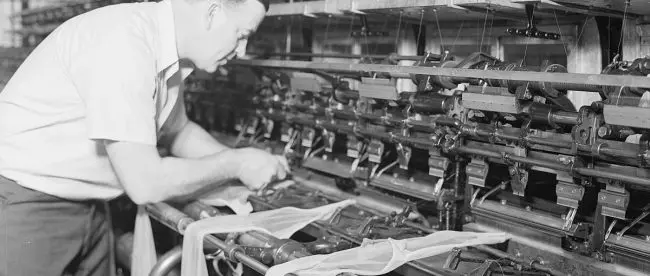
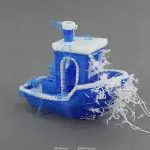

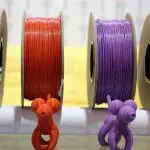

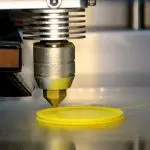
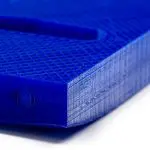
Leave a comment
You must be logged in to post a comment.